North Korean Refugees Visit CHS
January 27, 2017
Two female North Korean refugees who now live in South Korea visited CHS on Jan. 4. With the help of the CHS club ‘Building Bridges with Letters’ and the Jangdaehyun School in South Korea, the school the students attend, the students were able to visit the U.S. for the first time.
Building Bridges with Letters, started by junior Helene Cho, helped build the connection to the North Korean students and CHS. She and her sister founded the club after learning about North Korean refugee students and their experiences.
“During a family trip to South Korea, we heard about a school that was helping North Korean refugee students,” Cho said. “After listening to the Pastor at the school speak to us about some of the conditions these kids had lived in and what they were taught about America, my sister and I decided that we wanted to show the students what America was really like.”
Cho then decided that they would try to help the refugees. After getting in contact with a school that teaches North Korean refugees, she put in the research needed to start a club to aid the students.
“When we returned to the U.S. after our tip, we continued to learn more about North Korea and attended a conference, where we got to listen to experiences of older North Korean refugees,” Cho said. “When we returned to school, we started up the club to help students at the Jangdaehyun school communicate with American high schoolers and talk about each other’s respective cultures.”
The Jangdaehyun School teaches the students English, and helps them adapt to their new life in South Korea. Since the students who attend the school have been through many difficult times in their childhood, adjusting to a whole new culture in South Korea is tough. Therefore, going to a smaller school can be an easier transition for them.
‘ Building Bridges with Letters’ along with the Jangdaehyun School was imperative for the students to come. The connections made between the North Korean refugees and CHS students helped them to be able to come to an American high school, and the South Korean school gave them the support needed for coming on this trip.
“Their teacher, who is also a pastor, was telling us that they were taught that everything that was good in North Korea is because of the North Koreans, and everything that is bad is because of the South Koreans and/or the United States,” Honors World History teacher Erin Brown said. “And so his big point was that one of the reasons they take their senior trip [to the US] is so that they can see and experience it for themselves and know that it is not a bad place.”
When the students visited CHS, they experienced a whole new culture. One that was extremely different from what they were used to in North Korea.
“They were thrilled to be there,” junior Josie Weinberg said. “It was definitely a huge culture shock for them, but they seemed super excited. One girl said she even wanted to go to college in the U.S. after graduating school in South Korea.”
Students in Brown’s sixth period class had the privilege of listening to the refugees share their stories about what life was like in North Korea and what they had to endure trying to escape the country.
“The North Korean students mainly spoke about their experiences escaping from North Korea and their journey to South Korea,” Weinberg said. “One girl was only 15 the first time she tried to escape and was arrested and interrogated by the North Korean government. If she had been caught again she probably would have been executed.”
Additionally, the students also spoke about their schooling in North Korea and the contrast of education in North Korea compared to South Korea, giving CHS students and teachers a direct view of what life is like in North Korea.
“The students told us about the poor living conditions they faced in North Korea, and the extremely limited education they got,” Weinberg said. “They told us that their main schooling is about the history of the North Korean leaders and that it is very difficult to catch up on other subjects once they came to school in South Korea.”
Getting a chance to actually talk to and ask the North Korean students questions is a rare occurrence, giving CHS students a special opportunity that most people don’t get.
“In the rare experience that we got, I got to ask them questions, other students got to ask them questions,” Brown said. “To hear from people who lived it themselves is not an experience that most Americans get, and to be the ones to get to ask the questions and witness the answer. When we hear it’s usually from news outlets, or a recorded interview, which is fine, but it’s not this moment of getting to ask them questions yourselves and see them give their response live and in some cases kind of follow up to get clarification.”
Due to security reasons, the North Korean students were not able to share exact details about their escape from North Korea, but they were able to share some of their month and a half journey to Thailand, where they went before making it to South Korea..
According to Brown, the students told the class about the punishments people faced when they are caught trying to escape North Korea. For adults, the punishment would be public execution or humiliation. However for kids, the punishment is usually a prison sentence.
One of the North Korean students shared her personal experiences of trying to escape the country the first time. Her failed attempt gave her a prison sentence, which was accompanied by interrogation and torture by the North Korean government.
“She was sent to jail, and this came from her through a translator, that when she was sent to jail she was questioned, and in the questioning, if there was an answer that she gave that was an unpopular answer, that they were actually questioned near a fire and if their response was not what they wanted, they would actually then be beaten with sticks from the fire,” Brown said. When she wasn’t being questioned, she said that they were forced to sit in their cells, in the same position, and hold it, she said, all day long.”
From the experiences shared by the North Korean students, it is easy to imagine how bad life was like in North Korea. Privileges that Americans take for granted are sometimes absent there. It’s important to realize how caging their life was like if the students were willing to risk death for fleeing to a new country.
“Ultimately, even though [one of the students] tried escaping twice, she was willing to do it again, and if she got caught again maybe she wouldn’t be considered a child,” Brown said. “Perhaps the punishment would have been public execution. But she still tried again.”
The students also shared information to the class about the black market in North Korea, which sneaks information across the border, giving people a CD-disk or USB of news from the outside world.
According to Brown, the students told the class that the closer you live to the border of China, the better chance you have of getting uncensored information from the black market. One of the students apparently was able to get her hands on information, giving her somewhat of an idea that the things she was getting taught in school were just one-sided.
The students also shared some of their feelings about what it is like escaping a country that was once home, and the struggles that come along with that.
“They didn’t speak much about [being a refugee], but they did say it was difficult at first coming to South Korea because the education is so different and most of them left their families behind,” Weinberg said.
The North Korean students were able to experience life in America for themselves for their first time. By visiting CHS and giving honest answers, it gave students a glimpse into understanding what life is like in North Korea.




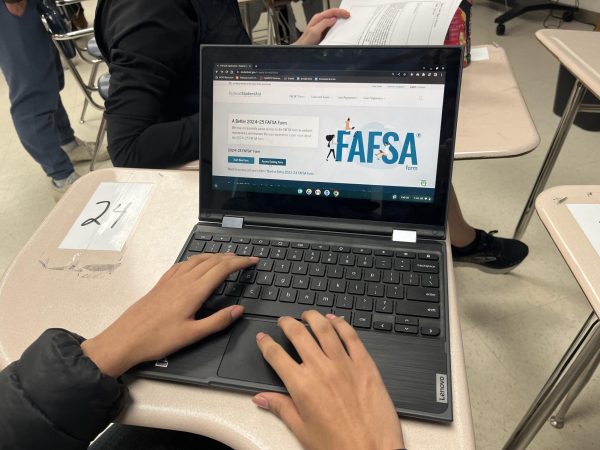
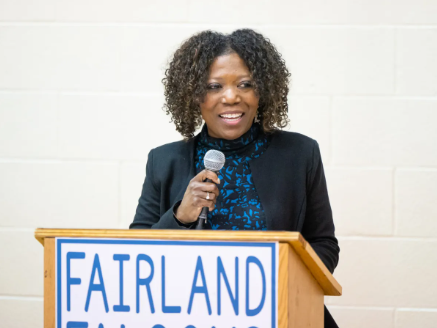
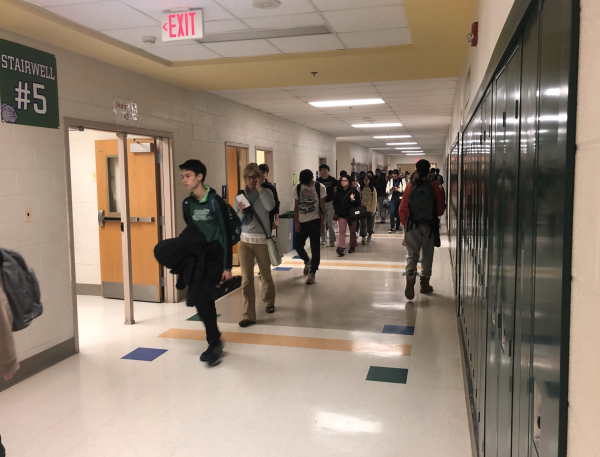
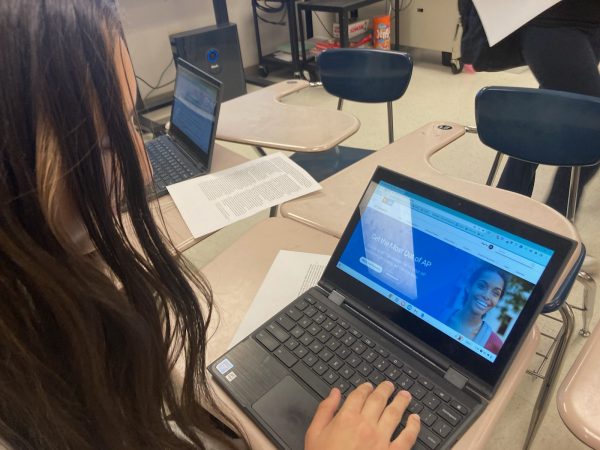

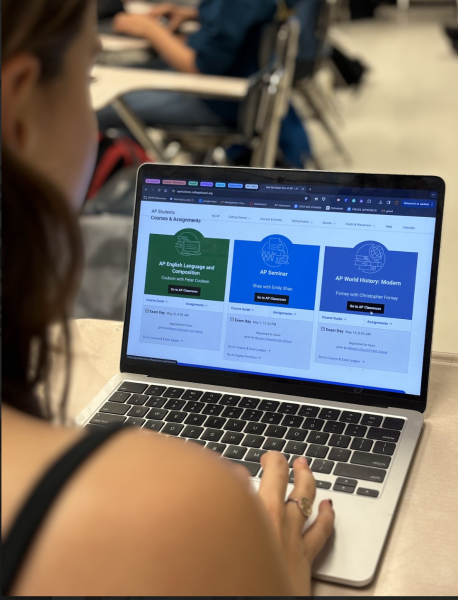
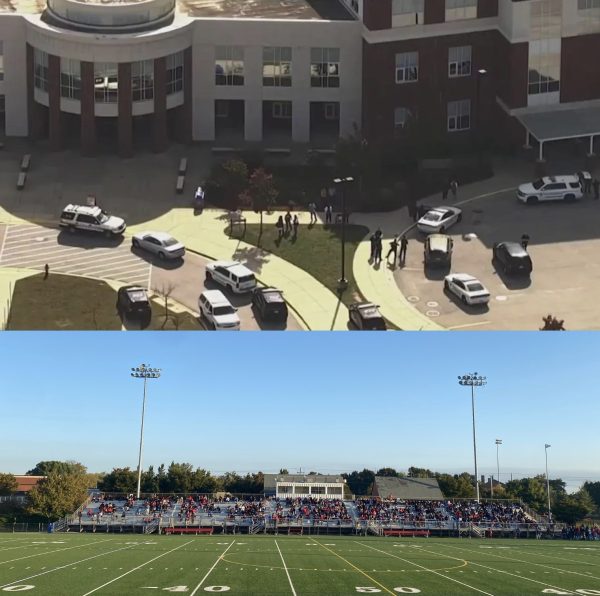
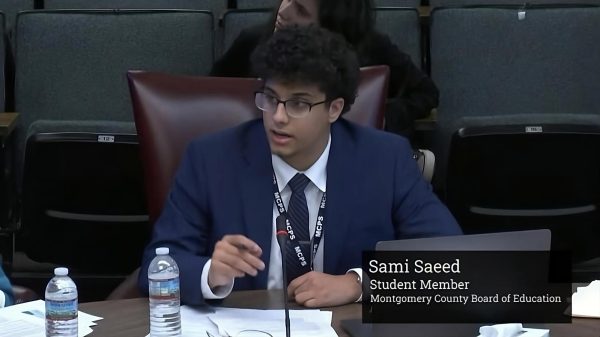
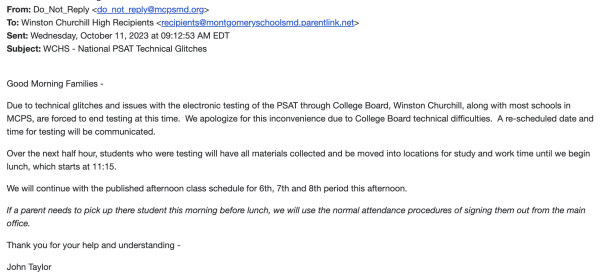
Lou Gallo • Jan 31, 2017 at 11:36 pm
Hi CHS Students,
Thank you for your article. It was a privilege to visit your school and interact with the students at CHS. It was an experience our students will not soon forget. We hope to be back to the US in two years with the next graduating class of Jangdaehyun School and we hope we can visit CHS again.
Blessings to you all,
Lou Gallo
Pastor/Executive Director
http://www.nkmissions.org